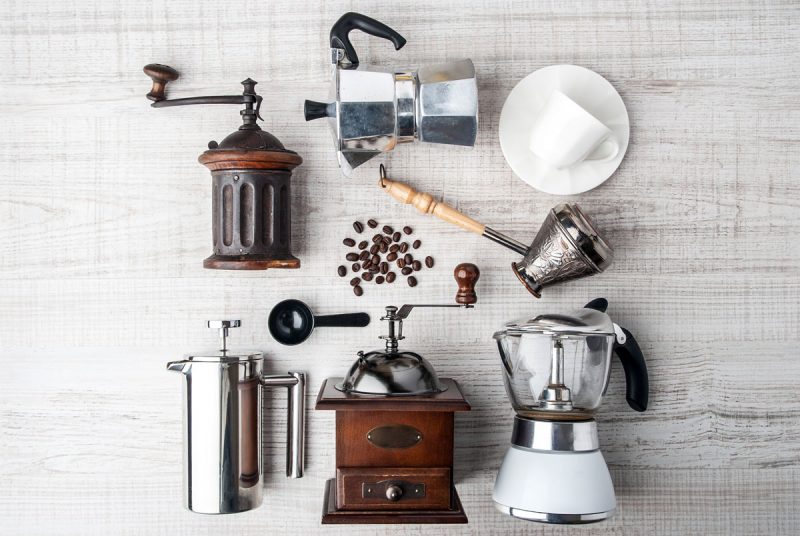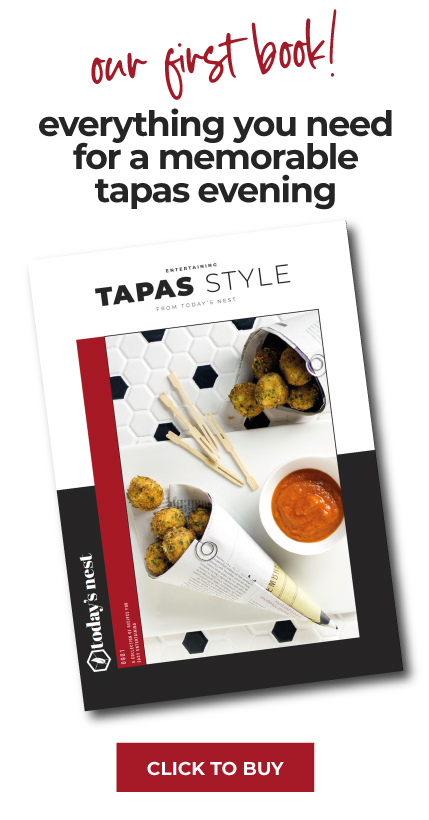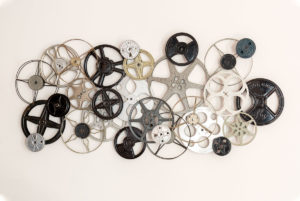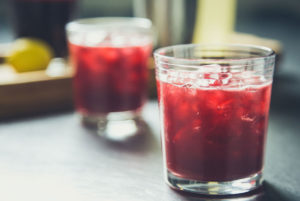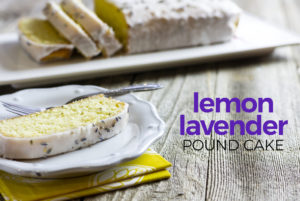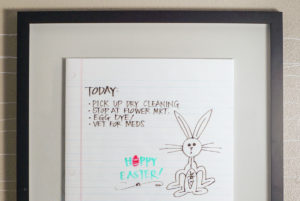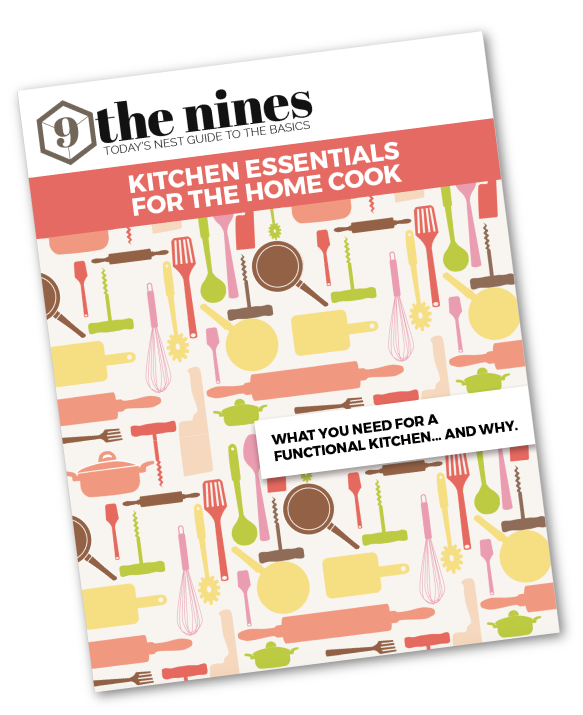Few things in life compare to a really good cup of coffee. Every morning I begin my day with a little CPR (Coffee Preparation Ritual). For me, it is an overall sensory experience. Right from the beginning, you get the wonderful aroma that comes from the grounds. I scoop my grounds out with a metal coffee scoop which makes a familiar “whooshy” sound. Then I enjoy the swirly clouds of milk as I stir it in, hold the warm cup in my hands, and finally… the taste. I admit I am a little impatient, so it is always just a touch too hot for my tongue, but that doesn’t stop me.
Many of us rely on our neighborhood coffee shop or the “green empire” for our daily cup of joe, but I assure you that with the right information and tools you could make a perfect cup of coffee or espresso right in your kitchen.
savour… fresh brewed
COFFEE – THE PERFECT CUP
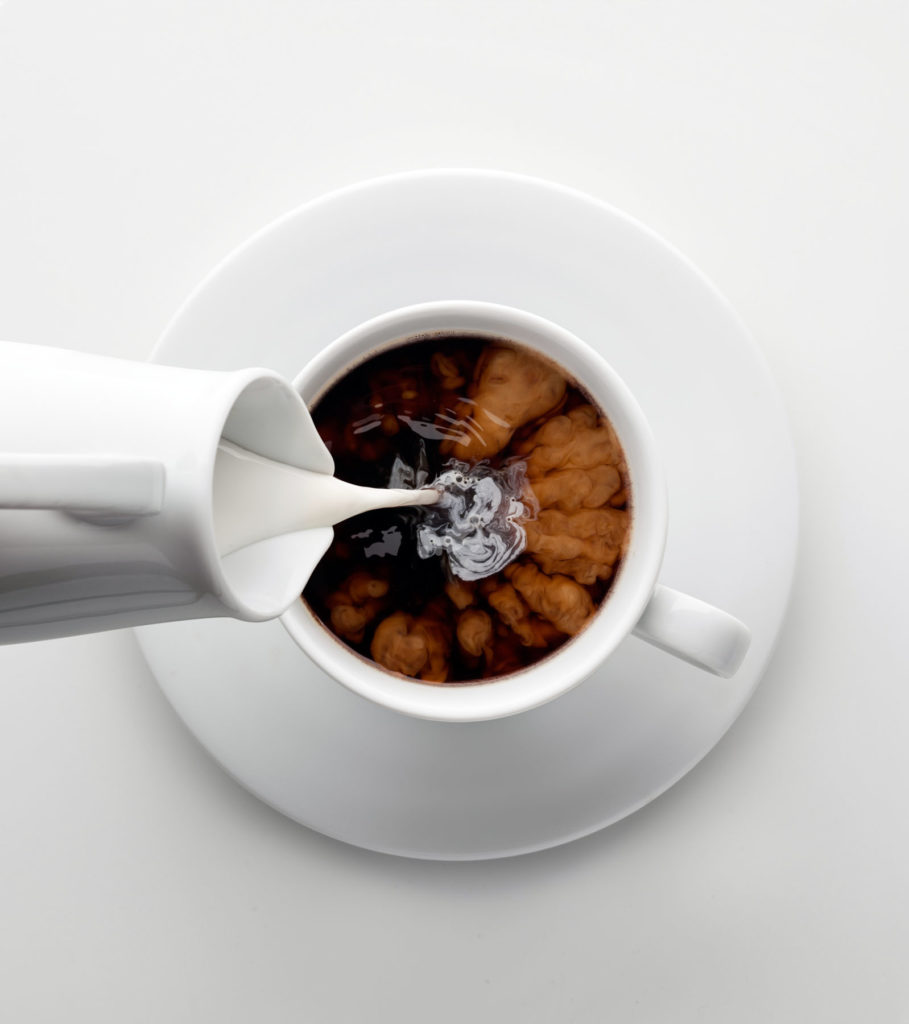
The perfect cup of coffee depends greatly on three factors, the water, the beans, and the grind. Once you have these three figured out you are well on your way to success every time.
Water – use only fresh, pure water. If you don’t drink water straight from the tap you shouldn’t be using it as the base of your coffee. Also, the water should be cold to start.
Beans – The beans will depend greatly on your taste. You should buy the freshest beans possible. Never open more beans than you intend to grind within a couple of weeks. Air is the enemy.
Coffee is a fruit that grows berries or “coffee cherries” from which the bean is harvested. Where the bean is grown and the roasting method greatly affects the flavor. Much like wine grapes, the characteristics of the beans vary based on altitude, soil, and rainfall.
Grind – This is critical to a good cup of coffee and may take some practice. Many suggest that you should only grind what you will use at once, but practicality rules in my home. I typically grind what I will need in one week and store in an air tight container in a cool, dark place.
The grind varies based on the equipment you will be using. Be clear on what grind you need. With a burr grinder, this will be easy to accomplish as most have the settings clearly marked. They are more expensive grinders, but the results are very reliable.
A blade grinder is less expensive and more commonly used, but the consistency may be difficult to achieve without some practice. As a guide stick to the following:
Coarse grind: 3-5 seconds. This is typically used for percolators which are mostly obsolete.
Medium grind: 6-9 seconds. This is the most commonly used grind in America. It is suitable for French press and drip makers, although for French press I would stick a little closer to the 6-second mark.
Fine grind: 10-15 seconds. This grind is often used for the vacuum and Neopolitan flip methods. These machines are not very popular in the states and difficult to locate.
Extra fine grind: 15-20 seconds. This grind is used for espresso machines. It is very fine almost like powder.
Most experts agree that the best cup of brewed coffee comes from the French press method. It is easy to do and equipment is inexpensive and simple to operate. For the perfect cup do this:
- Put some very fresh, cold water on to boil
- Pour your grounds into the bottom of the press carafe. Professionals recommend one tablespoon for every 6 ounces of water, but that may be a bit too strong for you. Adjust as necessary.
- Just before the water begins to boil pour it over the grounds leaving a bit of space at the top.
- Insert the screen plunger just about 1 inch under the surface.
- Wait for 4 minutes.
- Press the screen plunger to the bottom and you are ready to serve.
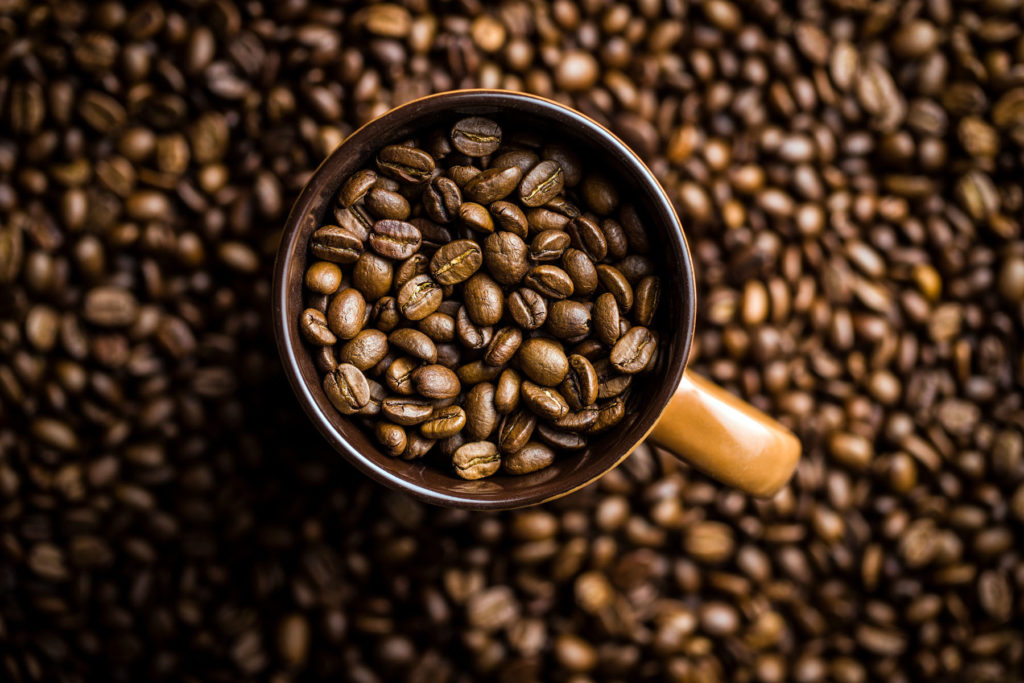
More to know:
Coffee should be enjoyed as soon as it is brewed. This is the best way to enjoy the flavors.
A brewed cup of coffee has more caffeine than a shot of espresso. The flavor intensity of espresso may be greater, but it is the steeping of the grounds that releases the caffeine. The pressurized steam of the espresso method mostly releases the oils from the grounds.
There are many other coffee topics to cover including cooking/baking uses and specialty drinks. We will discuss those in future posts. Hopefully, this post will put you on your way to enjoying one of life’s simple pleasures. Until next time…

